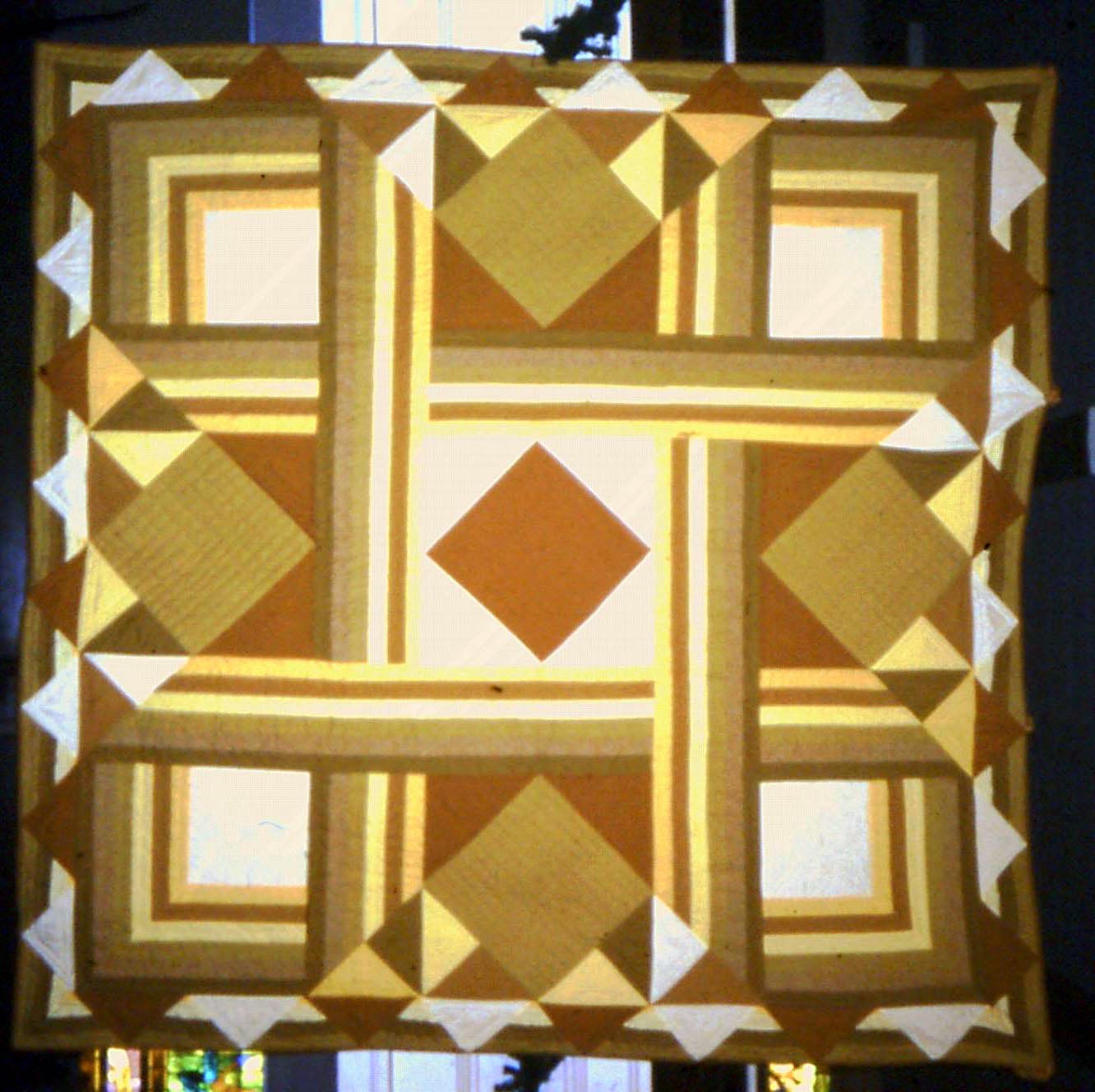Thus begins Jeorling's narrative of An Antarctic Mystery.No doubt the following narrative will be received with entire incredulity, but I think it well that the public should be put in possession of the facts narrated in “An Antarctic Mystery.” The public is free to believe them or not, at its good pleasure.
I follow Garrison Keiler's A Writers Almanac and learned that Sunday, February 8, was the birthday of Jules Verne. I had read Verne as a kid but have not read him since I was perhaps 13. It was about time to revisit Verne.
I checked around for free e-books and came across An Antarctic Mystery. Being a sucker for polar exploration stories I settled on reading it.
I was happily surprised to learn that it was based on Edgar Allen Poe's 1837 novel The Narrative of Arthur Gordon Pym of Nantucket, using the story and characters in a kind of 1897 version of fan fiction.
Pym was inspired by a news story of a ship that sank. The subtitle is tells it all: Comprising the Details of Mutiny and Atrocious Butchery on Board the America Brig Grampus, on Her Way to the South Seas, in the Month of June, 1827. With an Account of the Recapture of the Vessel by the Survivors; Their Shipwreck and Subsequent Horrible Sufferings from Famine; Their Deliverance by Means of the British Schooner Jane Guy; the Brief Cruise of this Latter Vessel in the Atlantic Ocean; her Capture, and the Massacre of Her Crew Among a Group o Islands in the Eight-Fourth Parallel of Southern Latitude; Together with the Incredible Adventures and Discoveries Still Father South to Which that Distressing Calamity Gave Rise.
Verne imagines the captain of the Grampus has a brother who searches for him, and several characters whose deaths were erroneously reported. It would help to read Poe's novel first, but if you don't (I had not read Pym since I was in junior high) Verne offers enough information for the reader to understand the story.
Captain Guy's ship has come into port. American Jeorling is weary of the Desolation Islands and wants to board with the Grampus to get out of town. Guy won't agree to taking him on until he learns that Jeorling is from Connecticut and was familiar with Pym's narrative. Jeorling believes Poe's novel is fiction, although Poe in the novel refers to the story as a history. Guy argues it is fact.
"Captain! Why, that story is due to the powerful imagination of our great poet. It is a pure invention.”It takes a while for Jeorling to change his mind, but he becomes as ardently monomaniacal about finding Pym and Len Guy as the captain. That way lies...shipwreck, mutiny, death, and lurid discoveries. I won't give away the story.
“So, then, you don’t believe it, Mr. Jeorling?” said the captain, shrugging his shoulders three times.
“Neither I nor any other person believes it, Captain Guy, and you are the first I have heard maintain that it was anything but a mere romance.”
“Listen to me, then, Mr. Jeorling, for although this ‘romance’—as you call it—appeared only last year, it is none the less a reality. Although eleven years have elapsed since the facts occurred, they are none the less true, and we still await the ‘word’ of an enigma which will perhaps never be solved.”
So then it was all true? Edgar Poe’s work was that of an historian, not a writer of romance?
 I had great fun reading this book. I remembered my love of Verne's Journey To The Center of The Earth as a kid. The science is inaccurate, sure. The South Pole was not reached until 1911, so Verne in 1897 could imagine a polar world where summer reached 34 degrees and open water ran trough the continent of Antarctica. There is a dramatic rescue of a man overboard. No one would actually jump into the Antarctic sea, or could survive it. Critters and birds abound.
I had great fun reading this book. I remembered my love of Verne's Journey To The Center of The Earth as a kid. The science is inaccurate, sure. The South Pole was not reached until 1911, so Verne in 1897 could imagine a polar world where summer reached 34 degrees and open water ran trough the continent of Antarctica. There is a dramatic rescue of a man overboard. No one would actually jump into the Antarctic sea, or could survive it. Critters and birds abound.There is racial prejudice typical of Verne's time. The mysterious and heroic 'half-bred' from Indiana is very strange in physic and seemingly impervious to the elements. He has super sharp vision and a gruesome secret. The black cook's teeth shine white, and he is not very intelligent--typical of his race. (Poe's racism is also evident in Pym.)
I sped through the book in two sittings and enjoyed it very much. I loved the idea of Verne's writing a sequel to Poe's book.
To read about Poe's story:
http://en.wikipedia.org/wiki/The_Narrative_of_Arthur_Gordon_Pym_of_Nantucket
http://www.gutenberg.org/files/2149/2149-h/2149-h.htm
http://www.theguardian.com/books/2013/nov/24/arthur-gordon-pym-nantucket-edgar-allan-poe-100-novels
To read about Verne's story:
http://en.wikipedia.org/wiki/An_Antarctic_Mystery
http://www.gutenberg.org/files/10339/10339-h/10339-h.htm



















